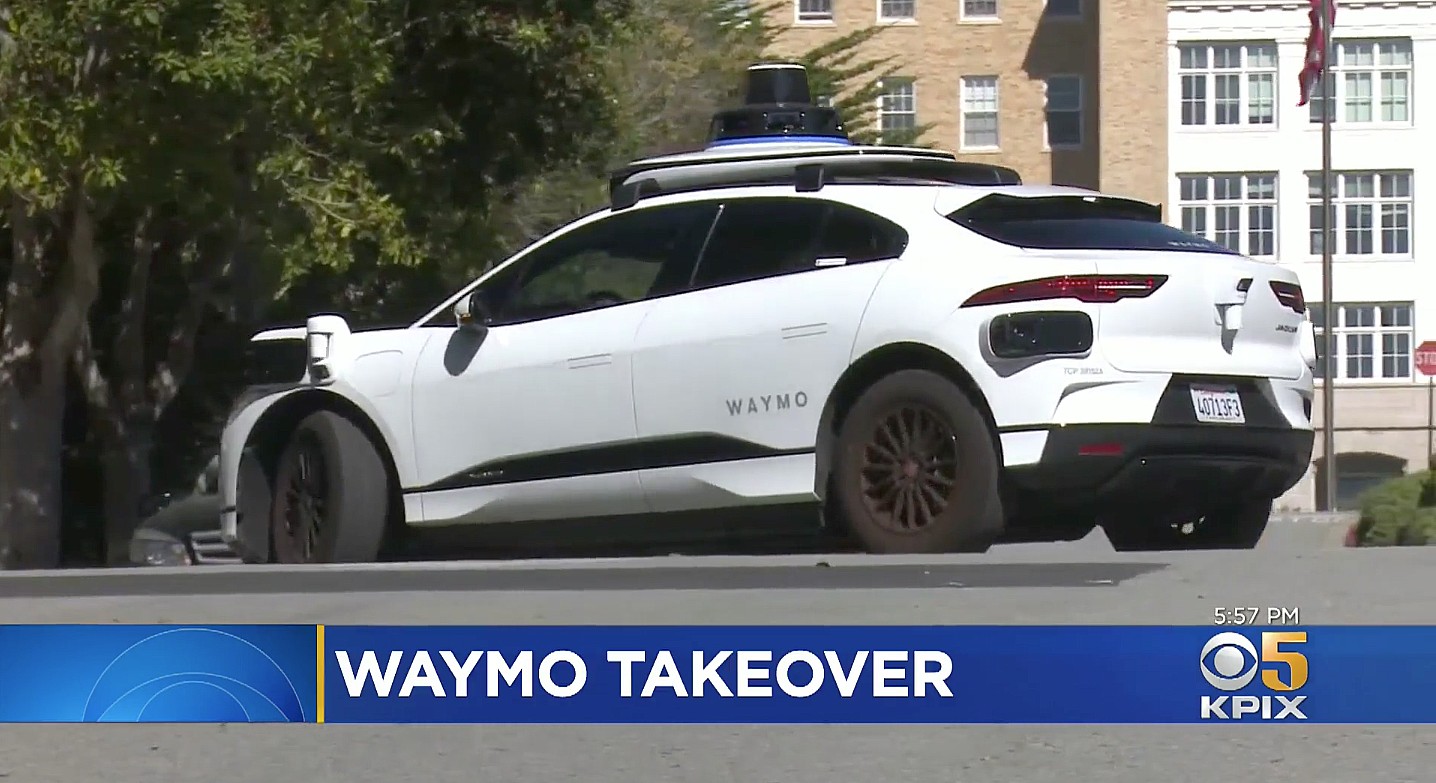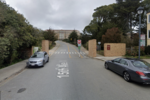Here is the issue Tesla is going to have.
From the AI day, my understanding is they use some kind of optimization / heuristics to pick the correct path out of hundreds based on various parameters like comfort, safety, time taken etc. Its difficult to affect particular outcomes compared to if they were using procedural code which used some kind of "if then else" logic to figure out what to do.
@diplomat33 Do you know whether Waymo and others use this kind of optimization techniques as well (my guess would be yes). AFAIK, nobody uses pure imitation learning for path planning.






